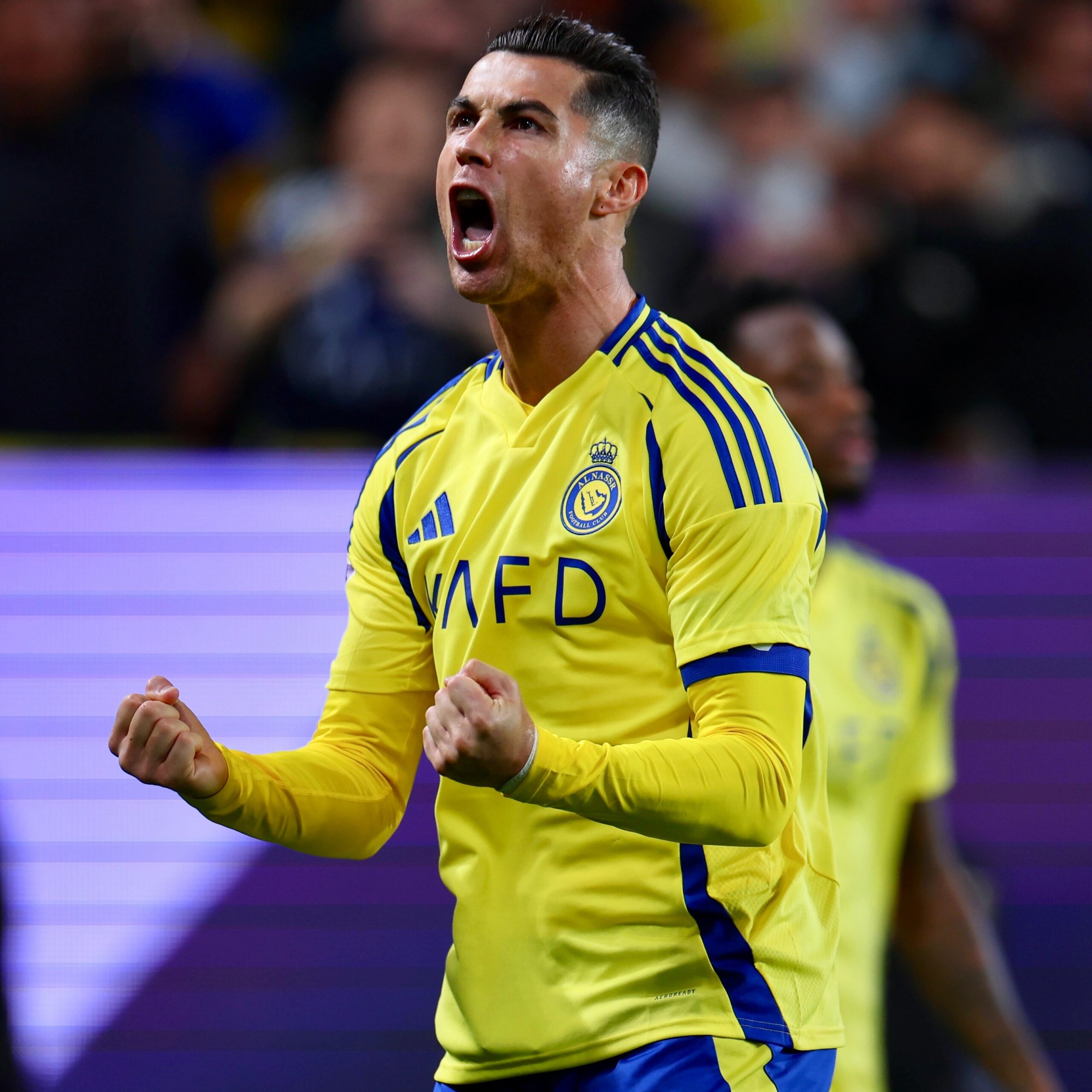
Saudi Arabia’s decision to put Al-Nassr and three other footballing giants on the block marks a decisive shift in the Kingdom’s sporting playbook. Only months ago, Cristiano Ronaldo had extended his contract, underlining Riyadh’s ability to attract the very best in global sport. Today, however, the headlines are not about star signings but about privatisation and sustainability.
For the past few years, Saudi sport has been synonymous with ambition and state-backed might. Tens of billions of dollars flowed in, fuelling marquee transfers, gleaming stadiums, and hosting rights for global events. This surge was not vanity; it was strategy. Vision 2030 identified sport as both a soft-power lever and a hard-economic growth engine. Events like the 2034 FIFA World Cup, AFC Asian Cup 2027 and Trojena’s Asian Winter Games 2029 are just a few examples of how Saudi Arabia is transforming its sports landscape to gain global recognition.
At the start of the decade, sport contributed barely 0.2% to Saudi Arabia’s GDP – a sliver compared to its hydrocarbon base. That figure has been climbing steadily, now hovering around 1.5–2%, as investments in the Saudi Pro League, Formula 1, boxing spectacles and esports have expanded the sector’s weight in the national economy. Employment has followed. Sports and entertainment together now support tens of thousands of jobs, from stadium staff and event managers to media production and tourism.
More importantly, every riyal invested in football has had a multiplier effect – stimulating travel, hospitality, and infrastructure. That is why the sale of clubs is not a retreat; it is an evolution. By transferring ownership into private and potentially international hands, Riyadh is betting on a self-sustaining sports economy where the private sector, not the public purse, fuels expansion.
Also Read: The case for a diversified sports capital fund in India

Ronaldo remains central to this transformation. Beyond being the face of the Saudi Pro League, his part-ownership in Al-Nassr signals the model of the future: stars who are not just performers but investors, partners and amplifiers of the Saudi sports project. This blend of celebrity and capital may be the most potent export strategy yet, giving the league visibility far beyond its borders.
Critics have often dismissed Saudi investment as sportswashing. But the real challenge lies elsewhere: sustainability. Can the league retain international interest once state subsidies recede? Can private investors see reliable returns in a region where football is still building its commercial ecosystem? Can clubs grow their fan bases globally, turning attention into revenue?
The answers will define whether this is a turning point or a pause. What is clear is that sport in Saudi Arabia is no longer an afterthought. It is now baked into GDP calculations, diversification models and the nation’s soft-power arsenal.
Privatisation is not an end; it is a milestone. If the kingdom succeeds, football could mirror what oil once was — an asset that built scale, attracted capital and reshaped global perceptions. And if it fails, the experiment will still leave a legacy: that sport is no longer just leisure. It is economics, diplomacy and identity, all rolled into one.
Saudi Arabia has moved the ball into new territory. The world will watch to see if it can score without the state doing all the passing.
Follow Revsportz for latest sports news



